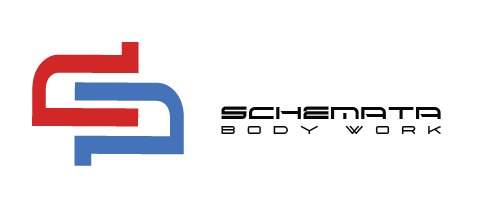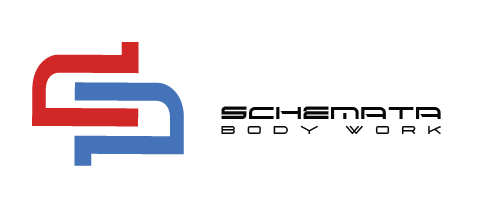How Effective is Manual Therapy?
DEFINITIONS AND SEARCH STRATEGY
There are many connotations to the term manual therapy, but it includes manually conducted methods of evaluation and care for this leader (which may include joint, neural tissue, and/or muscle techniques). Usually, the term manipulation is used to characterize techniques of small amplitude thrust conducted with velocity.
Examining the homogeneity trials showed that among the studies, the mean age of participants was identical and most participants were white. Therefore, variables specific to the population examined did not seem to clarify the contrasting outcomes. However, among the treatments that constituted manual therapy, there were at least four variables that differed.
The dose of manual therapy or manipulation (minutes, sessions, weeks)
Another factor is the optimum dosage. For therapists, clients, and payers, time per session, number of sessions, and number of weeks are all essential considerations.
Knowing the optimum period of care has strong consequences for cost-effectiveness, but it is also likely to have an impact on the efficacy of manual therapy. There is considerable heterogeneity between the protocols used in these 13 studies, considering the significance of these variables. One research contrasted chiropractic care only, medical care only, minimal physical therapy medical care, and modalities of chiropractic care, but did not recommend a treatment dosage.
However, they tracked the use of the different treatment types and time per session and found that there were no physical therapy visits for one-third of patients randomly assigned to medical care with physical therapy, and 20 percent of patients in the chiropractic groups received concurrent medical care, while only 7 percent of patients received concurrent chiropractic care in the medical care groups. They also report that, in their research, chiropractors and medical practitioners spent an average of 15 minutes with patients on each visit, and physical therapists spent an average of 31 minutes per patient visit.
The time per session was only recorded in six studies. The time per procedure ranged from 20 to 60 minutes. Of interest, between 30 and 45 minutes were allowed per treatment in three of the five studies with positive results. One (of the positive outcome studies) did not record treatment time,4 and the other (positive for back pain but not for neck pain) had mixed outcomes and required 20 minutes per treatment.
The total number of sessions varied between 5 and 20, and the duration ranged from once a week to three times a week. There was no limit or a minimum number of sessions per week recommended in some trials.
The number of treatment weeks ranged from 3 to 12. Of note, between four and nine weeks of treatment were used in the five studies with positive results.
Combination therapies
The combination of treatments, such as two healthcare practitioners, or a combination of manual therapy or manipulation with another form of treatment has been studied in a variety of studies.
SUMMARY AND CONCLUSIONS
The critical assessment shows that the treatment of low back pain, chronic neck pain, and cervicogenic headache is effective with more detailed treatments. There are clinically important discrepancies between studies that report positive manual therapy outcomes and studies that report no substantial difference from other conservative therapies.
In particular, the treatment plan needs to reflect what therapists are currently doing in clinical practice, i.e. using more than one method of manual therapy or incorporating manual therapy with other treatment types, such as specialized preparation for exercise. Interventions based on guidelines/texts for best practice tend to be more efficient, and physical therapy has been shown to be effective for four to eight weeks, including manual therapy at a dosage of 30 to 45 minutes per session.
To identify communities that are most likely to improve with manual therapy, more research is required.
Lastly, manual therapy is not only used to relieve pain in the lower back and spine. There is a need for further research into the efficacy of manual therapy in special populations.
Are You in Need of Manual Therapy for Your Pain?
Manual therapies from Schemata Bodywork helps people who are active or desire to be active. Who can benefit from a sports massage from Schemata Bodywork? Individuals who have careers that are restricted to working at a desk, all athletes that are looking to improve their performance or physical gains, people who have community service jobs such as firefighters, law enforcement, or military personnel. If you are suffering from injuries with acute or chronic pain, or someone who wants relief from mental or physical stress, we can help change your life. Contact us now for your appointment.

